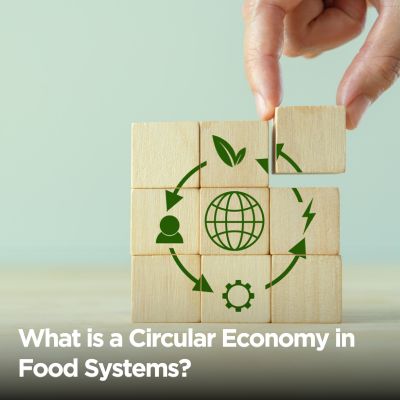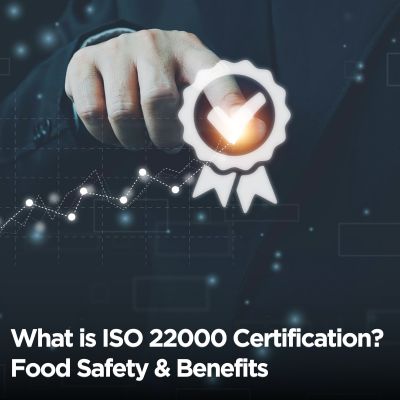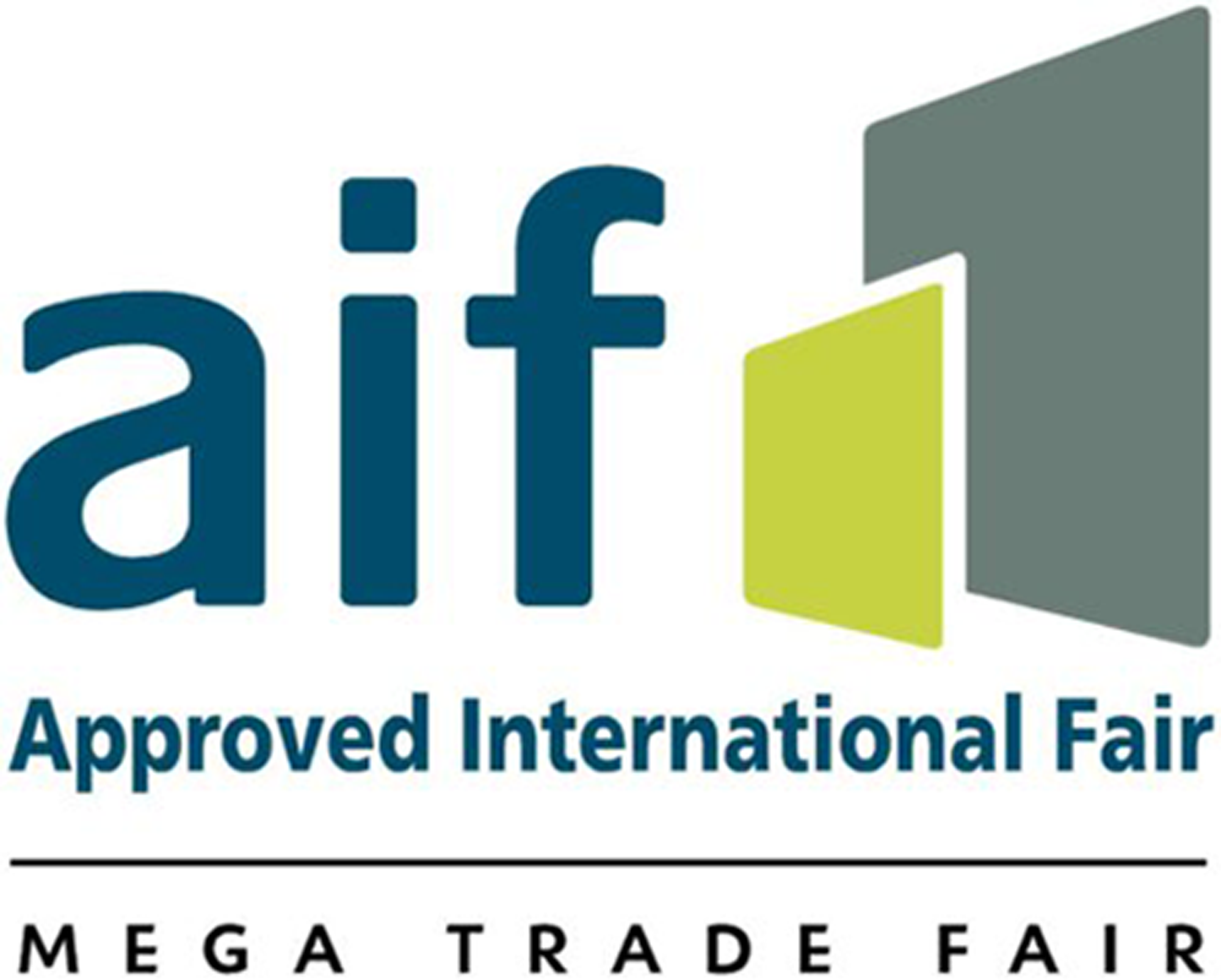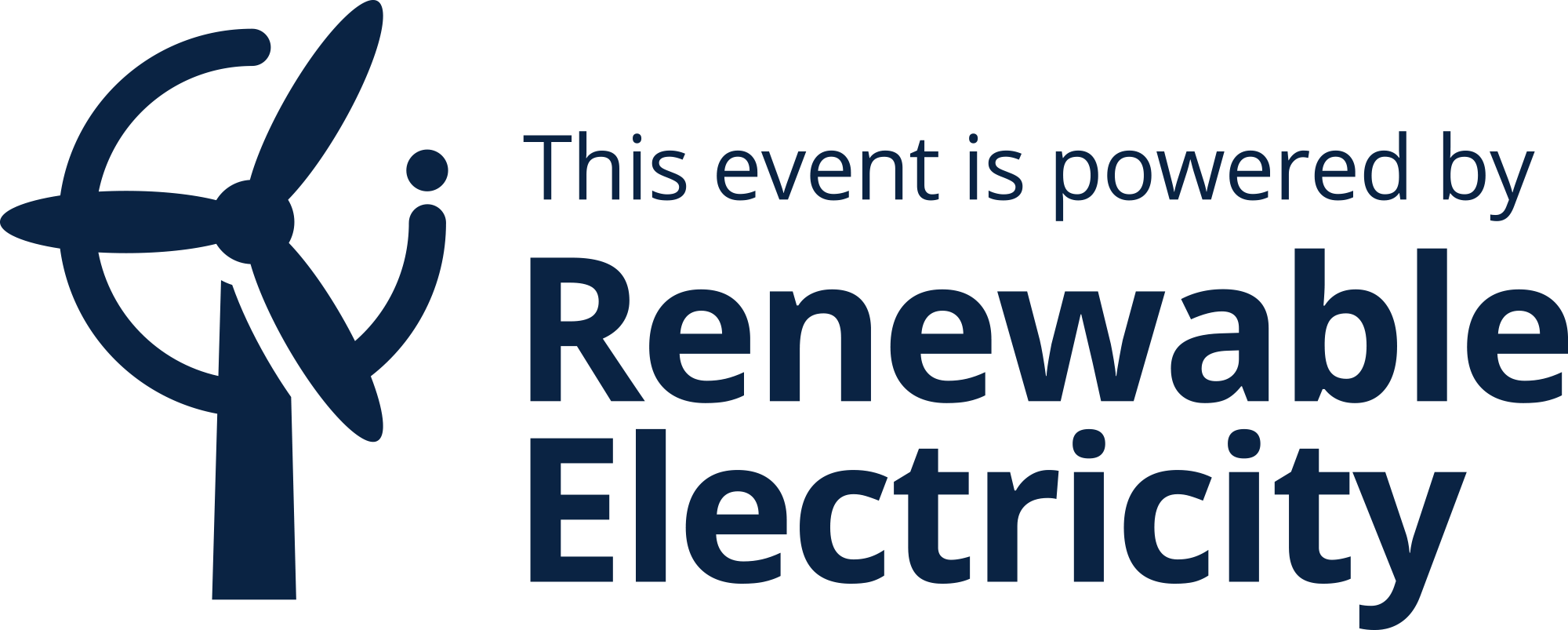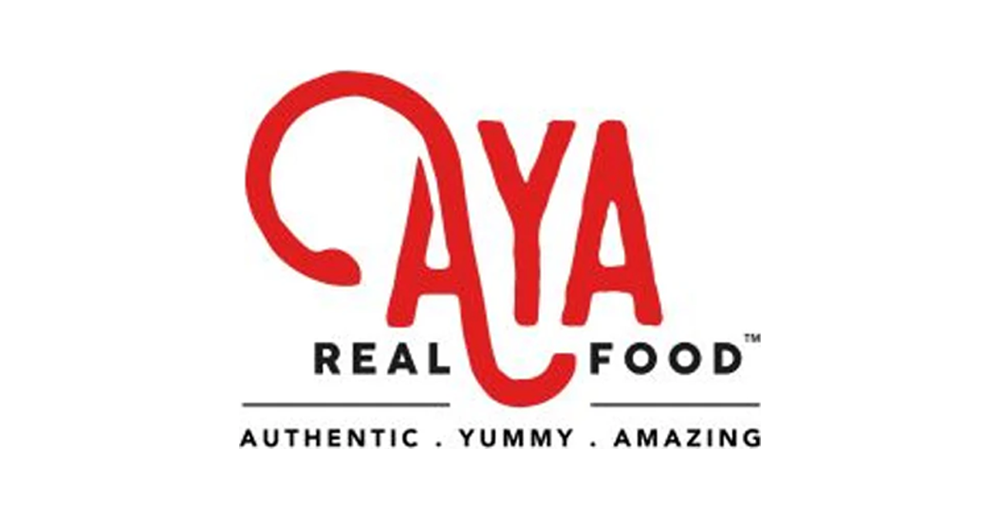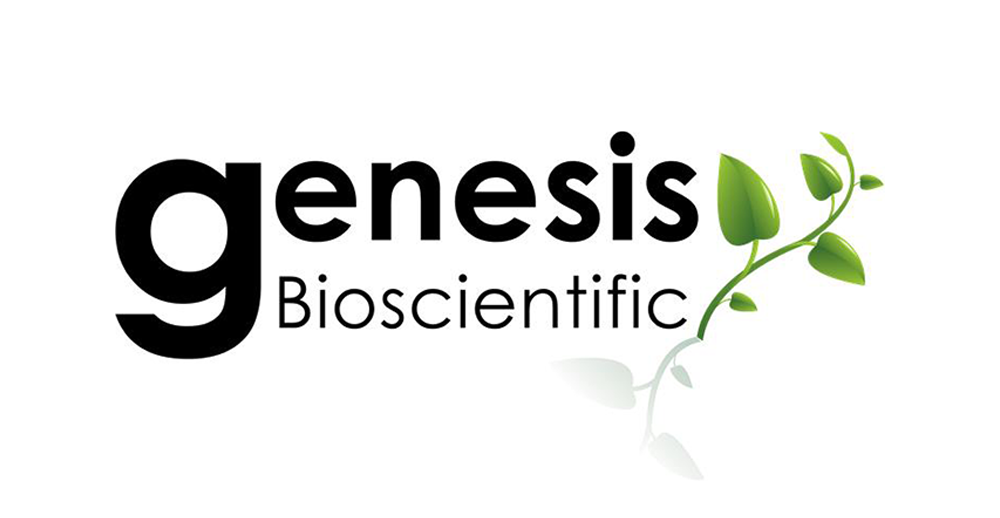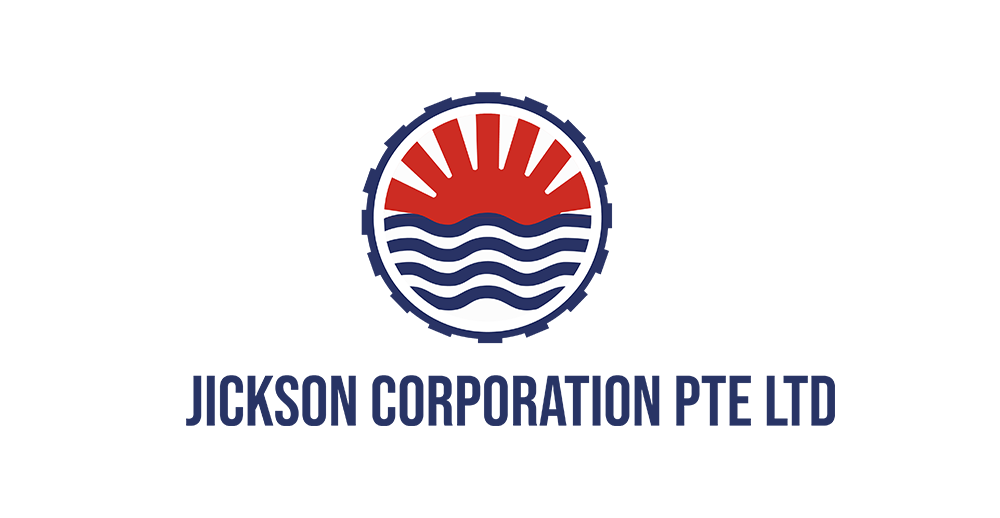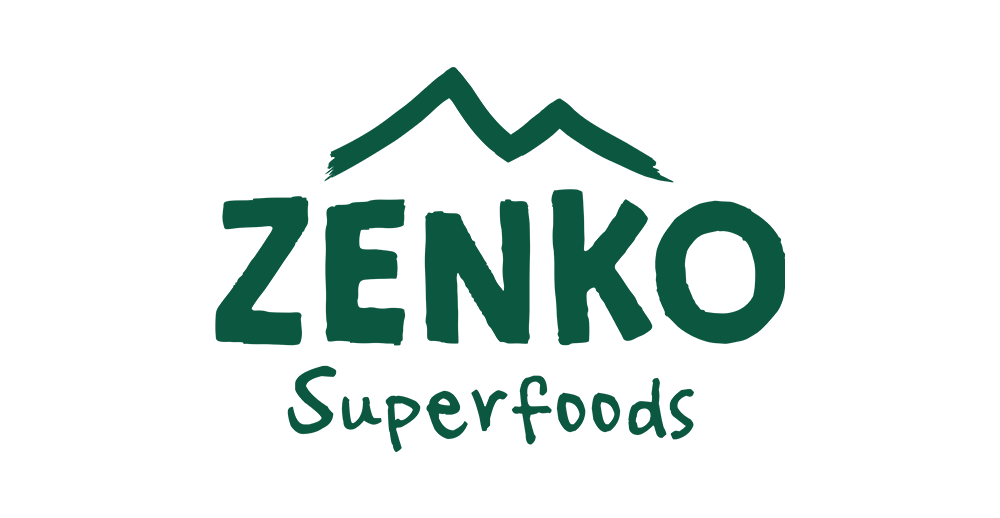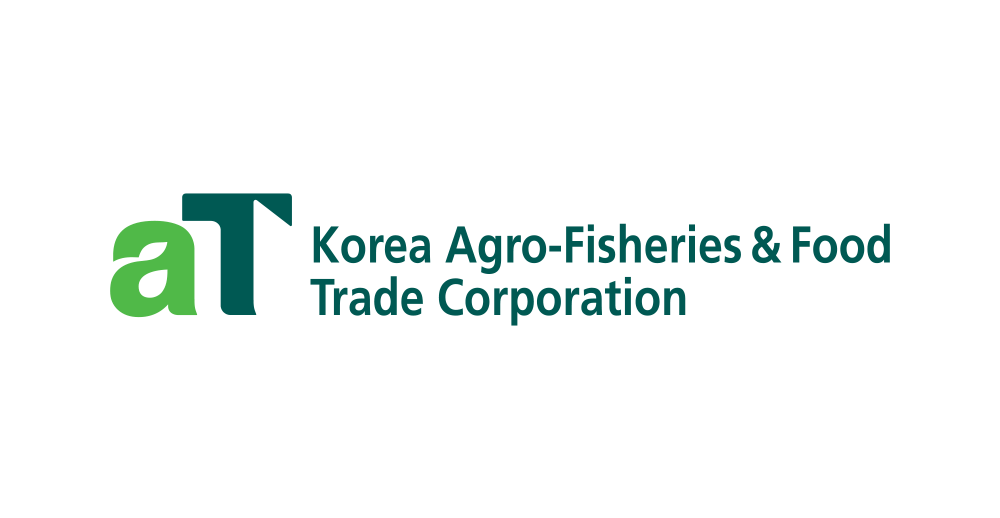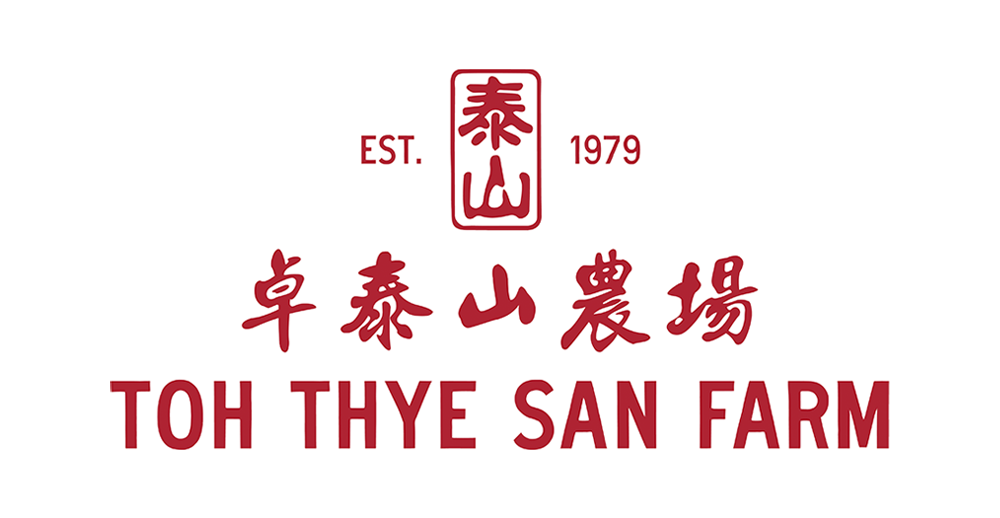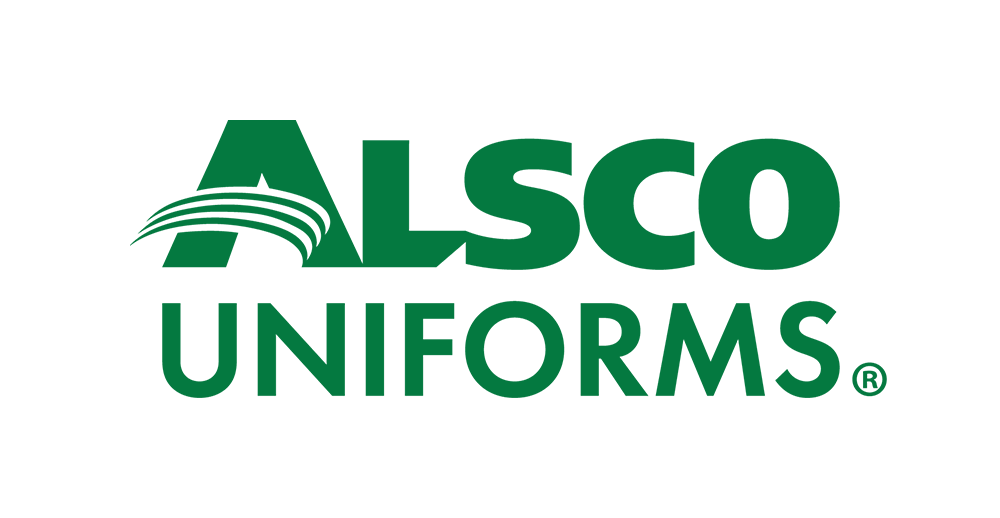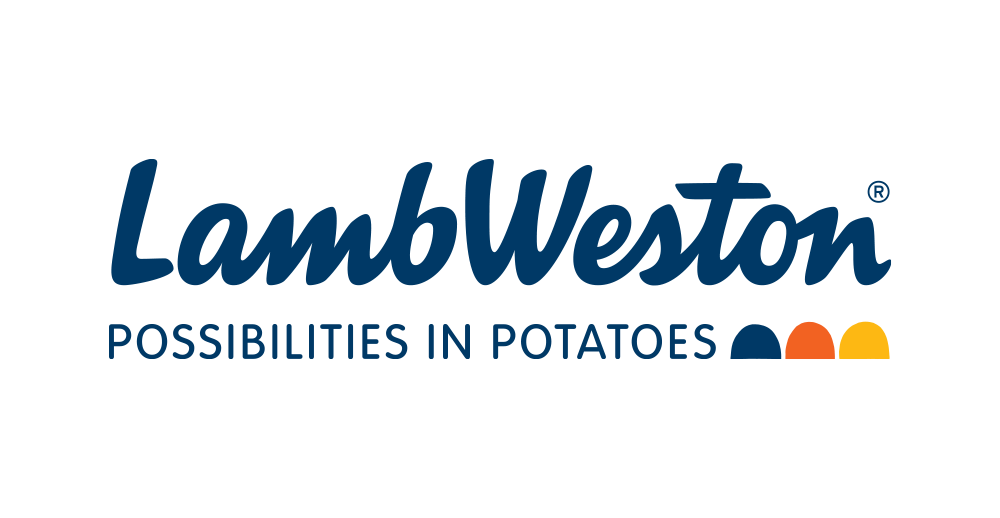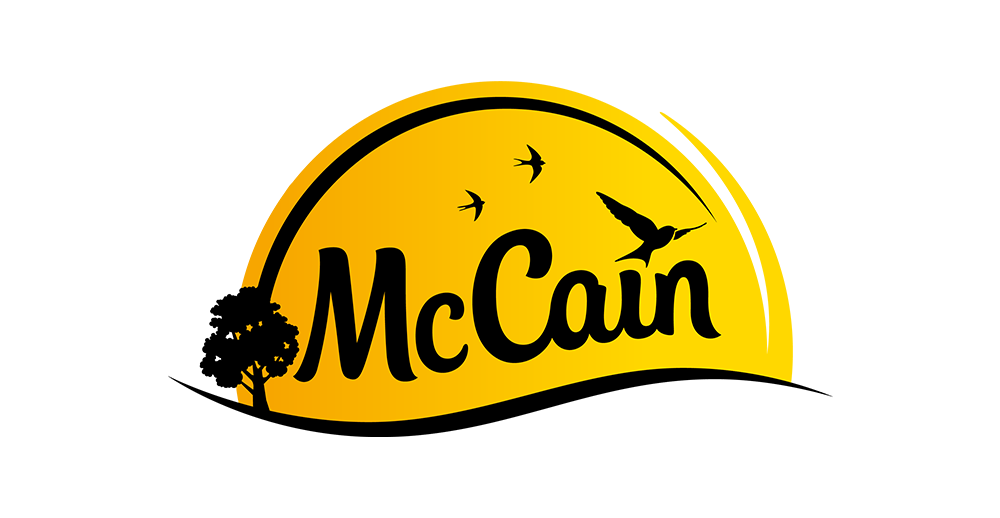Food waste is a massive global issue, contributing to environmental degradation, economic losses, and food insecurity. Food is wasted at every stage of the supply chain, from households to industries, resulting in over 1.3 billion tons of waste annually.
What if food waste could become an asset rather than a burden? We can transform waste into valuable resources through innovative solutions, alleviating environmental strain while creating economic opportunities.
This transformative approach, known as food waste valorization, represents a critical step toward achieving food waste sustainability.
This article explores food waste valorization, its importance, the methods and technologies, real-life applications, and the challenges hindering its widespread adoption.
What Is Food Waste Valorization?
Food waste valorization is an innovative and sustainable approach to addressing the growing challenge of food waste by transforming discarded food into valuable resources. Each year, tons of food is wasted globally, leading to severe environmental, economic, and social consequences.
As food waste decomposes in landfills, it releases methane, a greenhouse gas with 25 times the warming potential of carbon dioxide, significantly contributing to climate change.
Valorization offers a transformative solution by diverting food waste from landfills and recycling it into products such as biofuels, fertilizers, bioplastics, and even upcycled foods.
For example, organic waste can be converted into biofuels like ethanol or biogas, which serve as renewable energy sources. At the same time, nutrient-rich food scraps can be processed into compost or fertilizers to enrich agricultural soils.
Additionally, upcycling surplus edible food into new products, such as fruit-based snacks or bread crumbs, reduces waste and addresses food insecurity by repurposing resources to feed underserved populations.
Rooted in the principles of sustainability and the circular economy, food waste valorization aims to minimize waste, extend the lifecycle of resources, and promote environmental stewardship.
Why Is Food Waste Valorization Important?
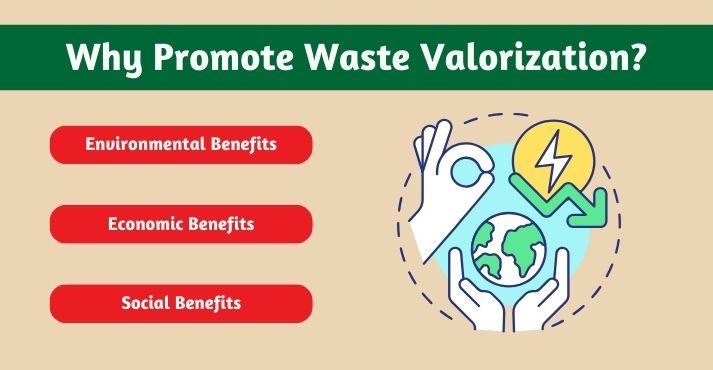
Food waste valorization holds immense significance in addressing the pressing global challenges associated with food waste. As food production increases to meet growing global demand, so does the volume of food waste.
This waste contributes to environmental degradation, economic inefficiency, and social inequities, making its management a critical priority.
Food waste valorization offers a transformative solution by converting discarded food into valuable resources, addressing sustainability from multiple perspectives: environmental, economic, and social. Below are the key reasons why valorization is essential for a sustainable future.
1. Environmental Benefits
Food waste is one of the largest contributors to environmental harm, but valorization provides a sustainable alternative. When food waste decomposes in landfills, it releases methane, a potent greenhouse gas responsible for accelerating climate change.
Methane emissions from landfills account for approximately 8-10% of global greenhouse gas emissions. When diverting food waste from landfills through processes like composting, anaerobic digestion, and thermal treatment, food waste sustainability efforts significantly reduce greenhouse gas emissions.
For example, anaerobic digestion converts food waste into biogas, a clean energy source that can replace fossil fuels, while also producing digestate, a nutrient-rich byproduct used as fertilizer.
Moreover, converting food waste into bio-based materials, such as bioplastics, addresses another major environmental issue: plastic pollution.
Bioplastics derived from food waste, like starch or cellulose, are biodegradable and eco-friendly, providing a sustainable alternative to conventional plastic food packaging. These solutions support the principles of the circular economy, emphasizing resource efficiency and waste minimization.
2. Economic Benefits
The economic potential of food waste valorization is vast, aligning with the principles of waste economics and creating opportunities for revenue generation and innovation.
When transforming waste into marketable products, valorization reduces waste disposal costs while creating valuable byproducts such as biofuels, fertilizers, and high-value compounds.
- Biofuels: Converting food waste into biofuels like ethanol and biogas reduces dependency on fossil fuels, lowering energy costs and supporting renewable energy goals.
- Fertilizers: Nutrient-rich compost and digestate can be sold to farmers, improving soil fertility and crop yield while creating a revenue stream.
- Bioplastics: Extracting raw materials like starch from food waste enables the production of biodegradable packaging, meeting the growing consumer demand for sustainable products.
Additionally, valorization drives innovation in industries like pharmaceuticals, cosmetics, and food production, where compounds extracted from food waste, such as antioxidants or enzymes, are used in high-value applications.
3. Social Benefits
Food waste valorization goes beyond environmental and economic impacts by addressing critical social challenges such as food insecurity and social inequities. In a world where over 800 million people face hunger daily, redistributing edible food waste represents a powerful way to combat food insecurity.
For instance, surplus food from restaurants, supermarkets, and food production facilities can be repurposed into new food products or distributed to communities in need through food banks and social enterprises. Upcycled food initiatives, such as turning imperfect fruits into juices or jams, not only reduce waste but also make nutritious food accessible to underserved populations.
Moreover, food waste valorization nurtures social inclusion by promoting sustainable practices at the community level. Educational campaigns about food waste reduction and recycling empower individuals to contribute to a more sustainable and equitable food system.
Socially responsible businesses that adopt valorization practices also gain a competitive edge, attracting eco-conscious consumers and building stronger community relationships.
When integrating food waste recycling into their operations, companies demonstrate their commitment to sustainability and corporate social responsibility, creating a ripple effect of positive change.
Methods of Food Waste Valorization
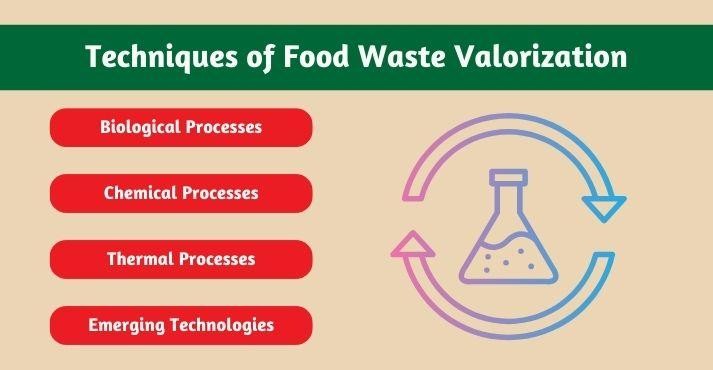
Food waste valorization involves a range of innovative processes designed to convert waste into valuable products. These methods cater to different types of waste and desired outcomes, showcasing the versatility of this transformative field.
From traditional biological methods to cutting-edge emerging technologies, these approaches highlight the potential to drive sustainability, reduce environmental impact, and create economic value.
1. Biological Processes
Biological processes leverage natural decomposition and microbial activity to transform organic food waste into useful resources. These methods are among the most widely adopted due to their simplicity, scalability, and environmental benefits.
Composting
Composting is one of the oldest and most widely practiced methods of recycling organic waste. This process involves the natural decomposition of food scraps and yard waste by microorganisms, resulting in nutrient-rich compost.
- How it works: Food waste, such as fruit peels, vegetable scraps, and coffee grounds, is mixed with dry organic materials like leaves or sawdust. The mixture is kept aerated and moist to facilitate microbial activity.
- Applications: The compost produced can be used to improve soil fertility in agriculture, gardens, and landscaping projects. Compost also reduces the need for chemical fertilizers, supporting sustainable farming practices.
Benefits: Composting reduces the volume of organic waste sent to landfills, minimizes methane emissions, and improves soil health. It is an accessible and cost-effective solution for households, communities, and industries.
Anaerobic Digestion
Anaerobic digestion is a microbial process that transforms food waste into renewable energy and fertilizer. Unlike composting, this method occurs in the absence of oxygen.
- How it works: Organic waste is placed in an anaerobic digester, where bacteria break it down to produce biogas (a mix of methane and carbon dioxide) and digestate (a nutrient-rich byproduct).
Applications:
- Biogas: Used as a renewable energy source for electricity generation, heating, or even as vehicle fuel.
- Digestate: Applied as a natural fertilizer in agriculture.
Benefits: Anaerobic digestion efficiently manages large volumes of food waste while generating clean energy and reducing landfill dependency. Countries like Germany and Singapore have invested heavily in anaerobic digestion facilities, showcasing their potential to achieve food waste sustainability on a large scale.
2. Chemical Processes
Chemical processes in food waste valorization involve the extraction and transformation of valuable compounds. These methods are ideal for creating biofuels, bioplastics, and high-value products with industrial and commercial applications.
Extraction of High-Value Compounds
Certain types of food waste contain bioactive compounds that can be extracted and used in various industries.
Examples:
- Citrus peels contain antioxidants like flavonoids and Vitamin C, which are used in cosmetics and pharmaceuticals.
- Coffee grounds are rich in enzymes and bioactive molecules and are used in skincare products.
Applications: Extracted compounds are incorporated into food production, cosmetics, pharmaceuticals, and cleaning products.
Benefits: This process not only adds value to waste but also supports the development of eco-friendly products and reduces the need for synthetic chemicals.
Conversion to Biofuels and Bioplastics
Chemical processes also convert food waste into biofuels and bioplastics, offering sustainable alternatives to fossil fuels and conventional plastics.
- Biofuels: Organic waste with high sugar or starch content, such as fruit peels and food scraps, is converted into bioethanol or biodiesel. These renewable fuels are used in transportation and energy generation.
- Bioplastics: Starch, cellulose, or other polymers extracted from food waste are transformed into biodegradable plastics.
Benefits: These innovations reduce reliance on non-renewable resources, promote sustainable packaging, and lower the environmental impact of conventional fuel and plastic production.
3. Thermal Processes
Thermal processes use heat to break down food waste into energy and valuable byproducts. Although they require advanced infrastructure, these methods are highly efficient and offer significant waste reduction benefits.
Pyrolysis
Pyrolysis involves heating food waste in an oxygen-free environment to produce biochar, bio-oil, and syngas.
- How it works: Food waste is subjected to high temperatures, breaking it down into its chemical components.
Applications:
- Biochar: Improves soil fertility and sequesters carbon, making it valuable for agriculture.
- Bio-oil and syngas: Used as alternative energy sources in industrial processes.
Benefits: Pyrolysis not only generates useful byproducts but also reduces the volume of waste and its environmental impact.
Incineration
Incineration involves burning food waste to generate heat energy, which is then converted into electricity or used for heating. Modern incineration facilities are equipped with energy recovery systems to maximize efficiency.
- Applications: Energy recovered from incineration can power industrial facilities or supplement municipal energy grids.
- Challenges: While incineration reduces landfill dependency, it must be carefully managed to minimize air pollution and maximize energy recovery.
Benefits: When paired with energy recovery systems, incineration provides an effective solution for handling non-recyclable waste.
4. Emerging Technologies
Emerging technologies in food waste valorization are pushing the boundaries of innovation, offering new avenues for sustainability and resource efficiency. These methods leverage advanced scientific tools and processes to unlock the potential of food waste.
Fermentation
Fermentation is a versatile process that transforms food waste into bioethanol, organic acids, or probiotics.
- How it works: Microorganisms like bacteria or yeast break down sugars in food waste, producing valuable byproducts.
Applications:
- Bioethanol: Used as a renewable fuel.
- Organic acids: Applied in food production and industrial processes.
- Probiotics: Incorporated into health supplements and functional foods.
Benefits: Fermentation is scalable and adaptable, making it a promising solution for managing food waste in diverse industries.
Microbial Applications
Microbial technologies use engineered bacteria or fungi to break down complex organic waste into bio-based chemicals and materials.
- How it works: Microorganisms are specifically selected or engineered to target specific components of food waste.
- Applications: The resulting bio-based chemicals are used in cosmetics, pharmaceuticals, and industrial products.
Benefits: Microbial applications offer precision and efficiency in waste valorization, producing high-value products with minimal environmental impact.
Real-Life Applications of Food Waste Valorization
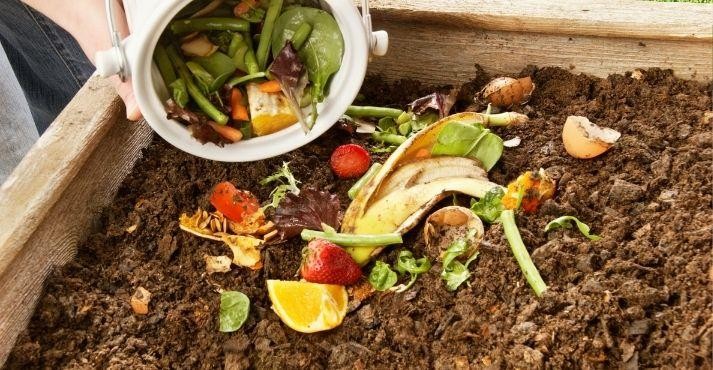
Food waste valorization has practical applications that span across multiple sectors, demonstrating its ability to transform waste into valuable resources.
When leveraging innovative technologies and sustainable practices, these applications provide solutions for critical challenges in agriculture, energy, and industry.
1. In Agriculture
The agricultural sector benefits significantly from food waste valorization through the production of compost and animal feed. These practices reduce waste while simultaneously supporting sustainable farming systems and enhancing soil health.
- Compost: Organic food waste is processed into nutrient-rich compost through microbial activity. Compost improves soil fertility, structure, and moisture retention, reducing the need for chemical fertilizers. For instance, vegetable scraps, fruit peels, and other biodegradable materials are transformed into high-quality compost that farmers can use to increase crop yields sustainably.
- Animal Feed: Food scraps, such as grain byproducts and fruit pulps, are processed into safe, cost-effective feed for livestock. This approach minimizes the waste of edible food while lowering costs for farmers.
2. In Energy
Food waste serves as a powerful resource for generating renewable energy, helping to reduce reliance on fossil fuels and lower greenhouse gas emissions.
- Biogas Production: Through anaerobic digestion, organic food waste is broken down by microorganisms to produce biogas, a renewable energy source composed primarily of methane and carbon dioxide. Biogas can be used to generate electricity, heat buildings, or fuel vehicles.
- Biofuels: Food waste with high sugar or starch content, such as fruit scraps and expired bread, is converted into bioethanol or biodiesel. These renewable fuels are used in transportation and industrial processes, reducing dependence on conventional fuels.
Renewable energy solutions derived from food waste valorization not only contribute to food waste sustainability but also support global climate goals by reducing carbon footprints.
3. In Industry
Industries are increasingly adopting food waste valorization to create innovative products such as bioplastics, bio-based chemicals, and sustainable packaging materials.
- Bioplastics: Extracting polymers like starch and cellulose from food waste enables the production of biodegradable plastics, providing eco-friendly alternatives to conventional plastics. These bioplastics are used in packaging, reducing plastic pollution and supporting sustainable packaging
- Bio-Based Chemicals: Compounds extracted from food waste, such as antioxidants, enzymes, and organic acids, are used in pharmaceuticals, cosmetics, and cleaning products. For instance, citrus peels are a rich source of antioxidants used in skincare formulations.
These industrial applications demonstrate the potential for converting food waste into high-value products that align with consumer demand for sustainability and innovation.
Singapore’s Tuas Nexus
The Tuas Nexus in Singapore is a prime example of large-scale food waste valorization in action. This state-of-the-art facility integrates food and water waste management systems to maximize resource recovery and minimize environmental impact.
- Integration: Food waste collected across Singapore is processed at the facility alongside water treatment byproducts, creating a closed-loop system.
- Outputs: The facility generates biogas for energy production, nutrient-rich digestate for use as fertilizer, and clean water for industrial applications.
When combining food waste recycling with water treatment, the Tuas Nexus highlights the potential of integrated waste management solutions to drive environmental and economic benefits.
Challenges in Food Waste Valorization
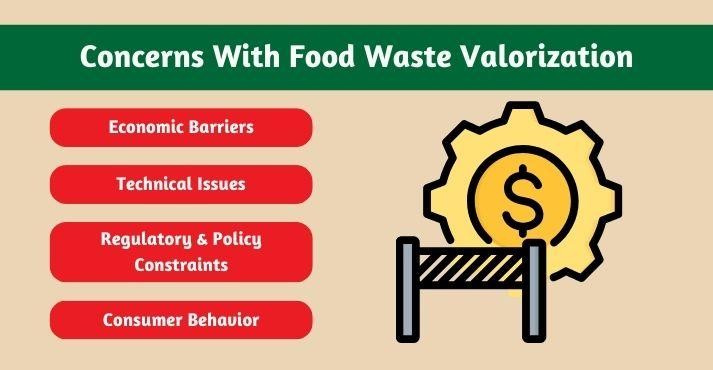
Food waste valorization holds immense potential for sustainability and innovation, but several challenges hinder its widespread adoption. From financial constraints to consumer participation, overcoming these barriers is essential to unlocking its full potential and transforming food waste into a valuable resource.
1. Economic Barriers
The high cost of infrastructure and technology remains one of the biggest hurdles to scaling food waste valorization. Processes like anaerobic digestion, chemical extraction, and pyrolysis require significant investment in specialized equipment, facilities, and skilled labor.
Additionally, the operational costs of these technologies can be prohibitively high for small-scale operations, limiting their accessibility to businesses and communities.
To bridge this gap, financial incentives such as government subsidies, grants, and private sector investments are critical. Public-private partnerships can also play a key role in reducing costs, driving innovation, and accelerating the adoption of food waste recycling technologies.
2. Technical Issues
Waste segregation and processing complexities present significant technical challenges for food waste valorization. Many food waste streams are contaminated with non-biodegradable materials like plastics or metals, complicating the valorization process and reducing efficiency.
Additionally, the lack of standardized sorting systems at the source often leads to lower-quality waste inputs.
Advanced waste sorting technologies, such as AI-powered sorting machines and automated systems, can address these issues by ensuring cleaner and more efficient processing.
Public awareness campaigns to encourage proper segregation at the household and industrial levels are equally important to improve the quality of waste available for valorization.
3. Regulatory and Policy Constraints
Inconsistent regulations and policies across regions create barriers to innovation and investment in food waste valorization. Some countries have well-defined waste management frameworks, while others lack clear guidelines, making it challenging for businesses to navigate compliance and operations.
Uniform standards and supportive policies, such as tax incentives for sustainable practices or mandates for waste segregation, are essential to encouraging global progress. International collaboration can also help harmonize policies and drive innovation across borders.
4. Consumer Behavior
Consumer participation in waste segregation is vital for the success of food waste valorization, yet public awareness and involvement remain low. Many individuals are unaware of the environmental impact of improper waste disposal or the benefits of valorization.
Educational campaigns, incentives for proper waste segregation, and community engagement programs can encourage greater consumer accountability.
Simple steps, like separating food scraps from other waste at home, can significantly improve the quality of waste streams available for converting food waste into valuable products.
Conclusion
Food waste valorization represents a transformative solution to the pressing global challenge of food waste. When converting discarded food into valuable resources like biofuels, fertilizers, and bioplastics, this approach aligns with sustainability goals, reduces environmental harm, and supports economic growth.
It promotes food waste sustainability by diverting waste from landfills, cutting greenhouse gas emissions, and promoting resource efficiency through the circular economy.
However, to realize its full potential, key challenges such as high infrastructure costs, technical complexities, inconsistent regulations, and low consumer participation must be addressed.
Collaborative efforts from governments, businesses, and communities are essential to overcoming these barriers through investment, innovation, and public engagement.
As food systems evolve, food waste valorization will play a pivotal role in creating a more sustainable future. It transforms waste into opportunity, making it a cornerstone of next-generation waste management and a driving force for environmental and economic resilience.

